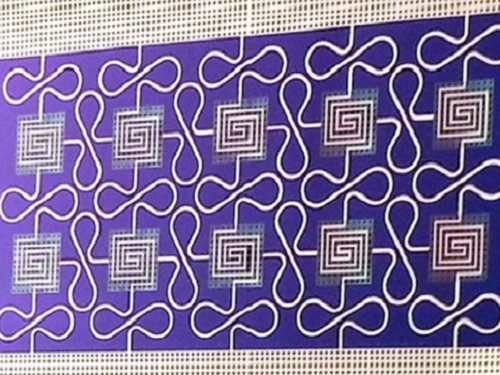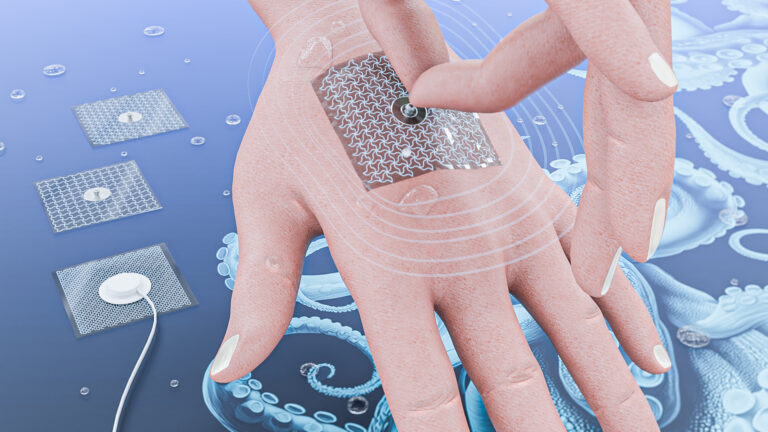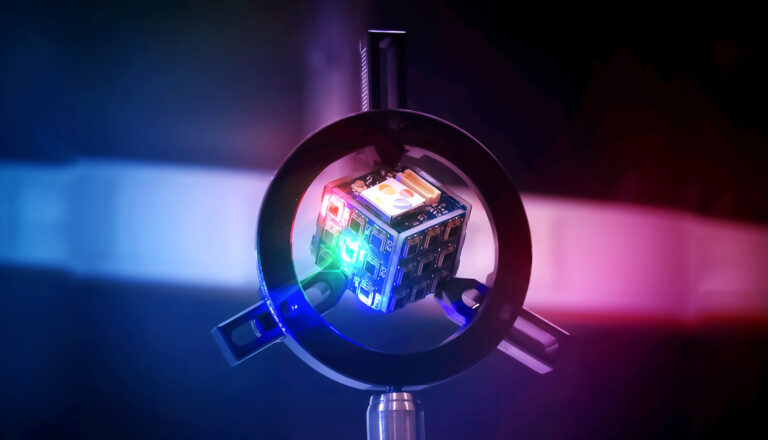Electrical Engineering
Electronics conference gives a positive charge
Highlighting sustainability and the work of female researchers was a strong focus of the international KAUST-US NSF electronics conference.


With a focus on electronic devices, materials and systems for a sustainable future, the conference brought to KAUST the world’s leading researchers and creative young scholars from academia and industry to exchange ideas.
© 2015 KAUST
“Imagine if you could carry a whole lab in a small chip? Or if you had a battery that could power your mobile phone for two weeks straight…” The astonishing innovation of some of the world’s most eminent electronics scientists was showcased at this year’s KAUST-NSF Research Conference: Electronic Materials, Devices and Systems for a Sustainable Future.
Held for the second time in Saudi Arabia at KAUST, and jointly hosted with the United States National Science Foundation, the conference featured speakers whose research will enhance many facets of life ranging from human health to solar power.
Muhammad Hussain, of the Computer, Electrical and Mathematical Science and Engineering Division, was the program chair for the conference and was happy to receive positive feedback from the speakers and attendees. Hussain was also particularly happy that the conference showed how women were making an impact in electronics research. Eight of this year’s thirty five speakers were female, along with 40 percent of delegates attending.
One session on the role of Women in Science and Engineering (WISE) began with a talk by Haifa Jamal Allail from Effat University on opportunities for women as the demand for engineers grows. She urged institutional support for female Saudi engineering students and researchers while also pushing for more effort to attract more girls to the field. Her presentation was followed by a panel discussion on the challenges faced by women in the field.
Another WISE panelist, Jackie Ying, was also a conference speaker on electronic devices. Her laboratory at A-STAR Singapore’s Institute of Bioengineering and Nanotechnology develops nanosystems for diagnostic applications. Ying described an integrated system, called MicroKit, that rapidly and accurately type and subtypes influenza and other viral infections within two hours. She called the polymer-based system a “lab-on-a-cartridge”.
Her team has also created the silicon-based microsieve system for selective isolation of circulating tumor cells (CTCs) from peripheral blood. The microsieve uses a densely packed array of 90,000 pores to rapidly separate the generally stiffer tumor cells while allowing normal blood cells to pass through. This non-invasive, cost-effective liquid biopsy approach supports the enumeration and biomarker analysis of CTCs for diagnosis, prognosis and monitoring.
Other devices with great potential for improving human health were presented by Canan Dagdeviren, a postdoc research associate at MIT’s Institute of Integrative Cancer Research, whose works on implantable devices. She described a biocompatible piezoelectric nanosystem in which rectifiers and microbatteries perform efficient energy conversion from the motion of the heart, lung and diaphragm. Models produced from animal experiments show that energy harvesting, through chemical reactions, heat extraction, blood flow, and these natural mechanical organ movements, are sufficient to power medical devices – such as cardiac pacemakers. This could end the need for risky repeated surgical replacement of batteries and rigid components.
An example of KAUST’s own cutting-edge research was presented by Taous Meriem Laleg-Kirati, an assistant professor in the Computer, Electrical and Mathematical Science and Engineering Division. Her talk on sustainable seawater desalination systems described two approaches for distributed heat transfer mechanisms through solar energy and membrane distillation.
Another KAUST assistant professor, Osman Bakr, from the Solar and Photovoltaics Engineering Center, spoke of his laboratory’s success in growing large halide perovskite single crystals, which are cheaper and more efficient than silicon for making solar cells. Perovskite solar cells have dramatically improved in conversion efficiency from a few percent five years ago to more than 20 percent, but growing uniformly big crystals has proved difficult. Bakr’s method uses an antisolvent vapor-assisted crystallization (AVC) approach which encourages crack-free crystal growth and improves their commercial viability.
For his session, Hussain spoke of his work to develop processes that will transform traditional electronics into ultra-thin versions while retaining the high-performance, energy efficiency and thermal stability. These devices will cost a fraction of the price of traditional electronics while maintaining the same long-term reliability. His flexible, stretchable and reconfigurable electronics have applications in muscle or joint pain management as they can be made into flexible metal patches adapted to suit any part of the body, from a finger joint to a large area like the shoulder. The patches, in the process of commercialization with a major pharmaceutical company, will have the capacity for higher heat than chemical patches currently used for pain therapy. Electrical circuits also allow the integration of further functionality such as control via a device that will continuously monitor inflammation and calibrate accordingly.
Such breakthroughs, Hussain says, are testimony to the great strides being made across KAUST’s electrical engineering program. “Our program is extremely productive and scholarly. The only way we can be known is by doing really influential work. There is no compromise on that and we have no intention of slowing down,” he says. This year’s conference provided a strong platform for KAUST’s scientists to make clear their ambitions.
References
- | article
You might also like

Computer Science
Sweat-sniffing sensor could make workouts smarter

Electrical Engineering
New tech detects dehydration by touching a screen

Electrical Engineering
A new interface for efficient electronics

Electrical Engineering
Artificial neurons enable neuromorphic computing with light

Electrical Engineering
Narrow-linewidth lasers bring low-noise answer

Electrical Engineering
Octopus suckers inspire sticky medical patch

Electrical Engineering
Powering the future of the Internet of Things

Computer Science



